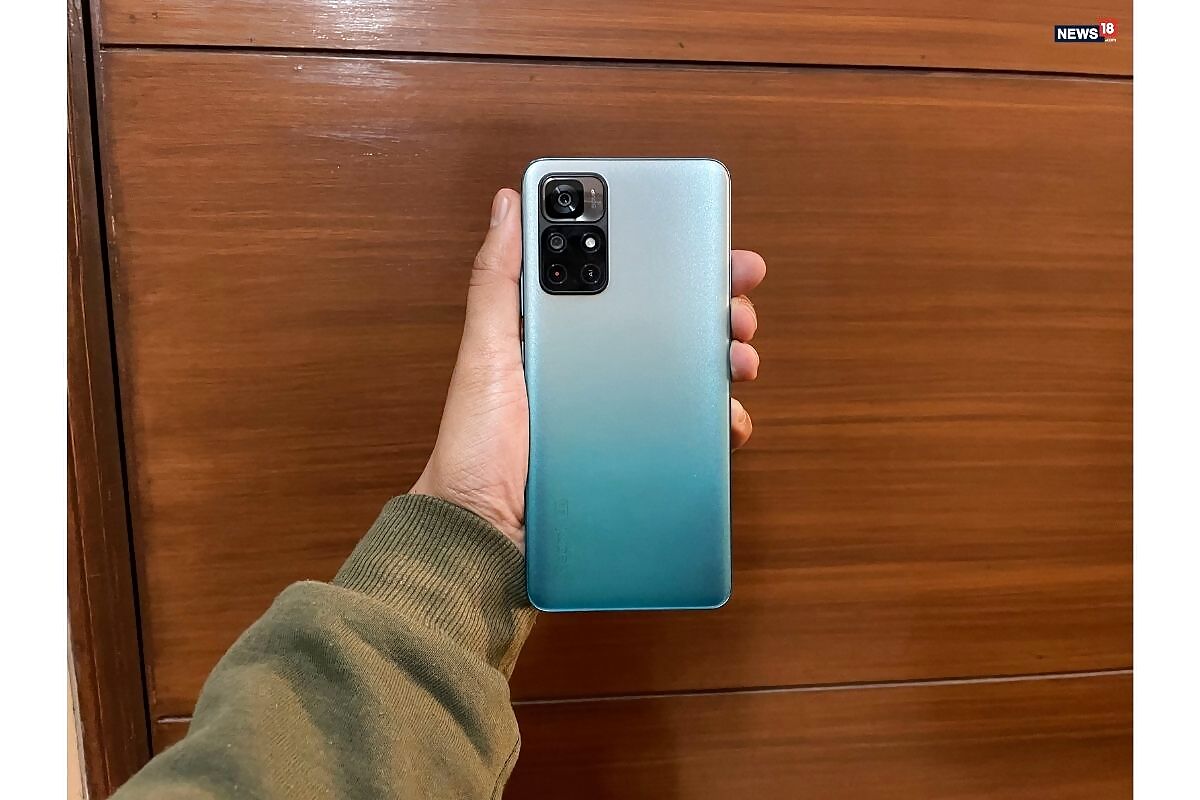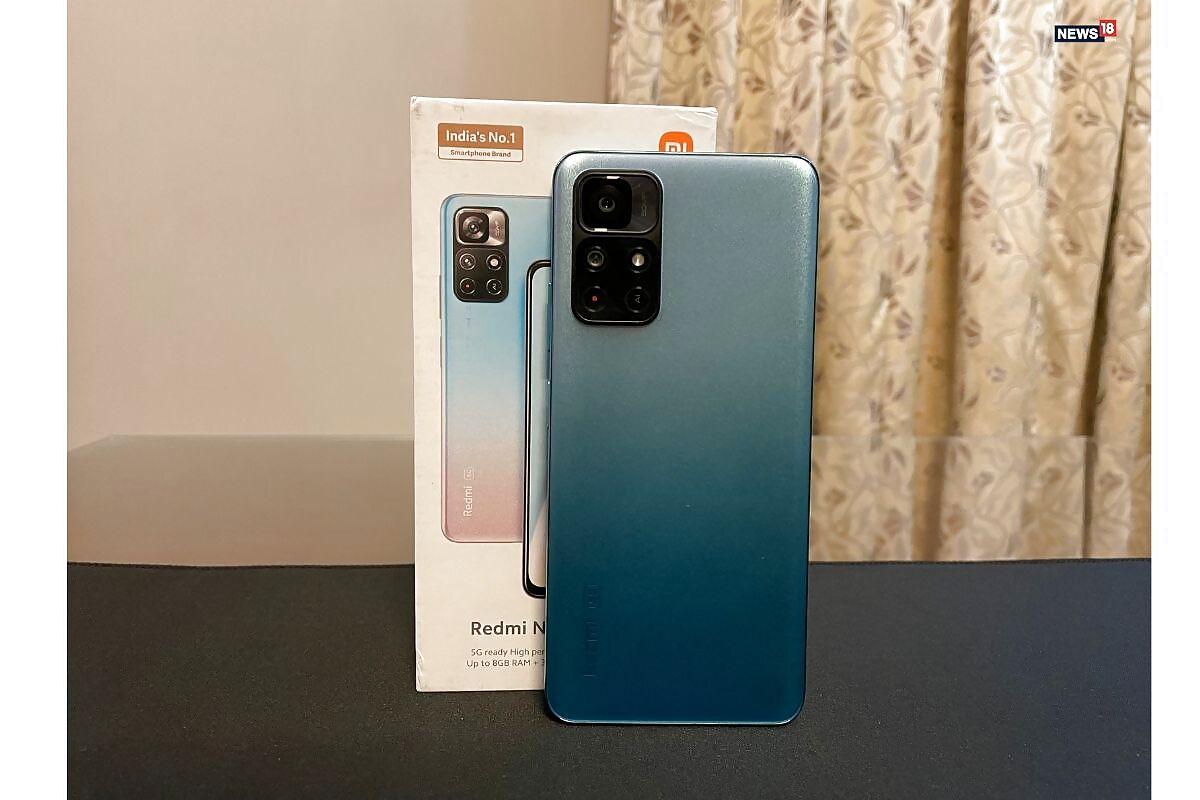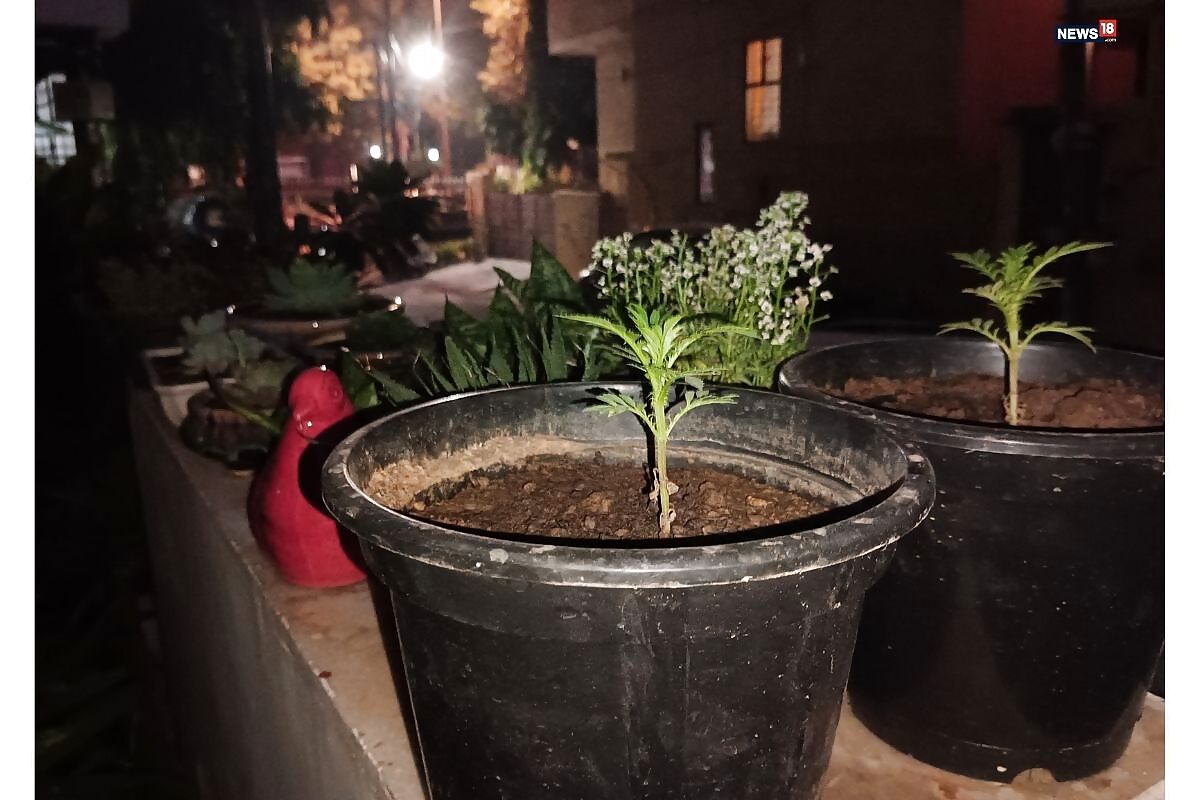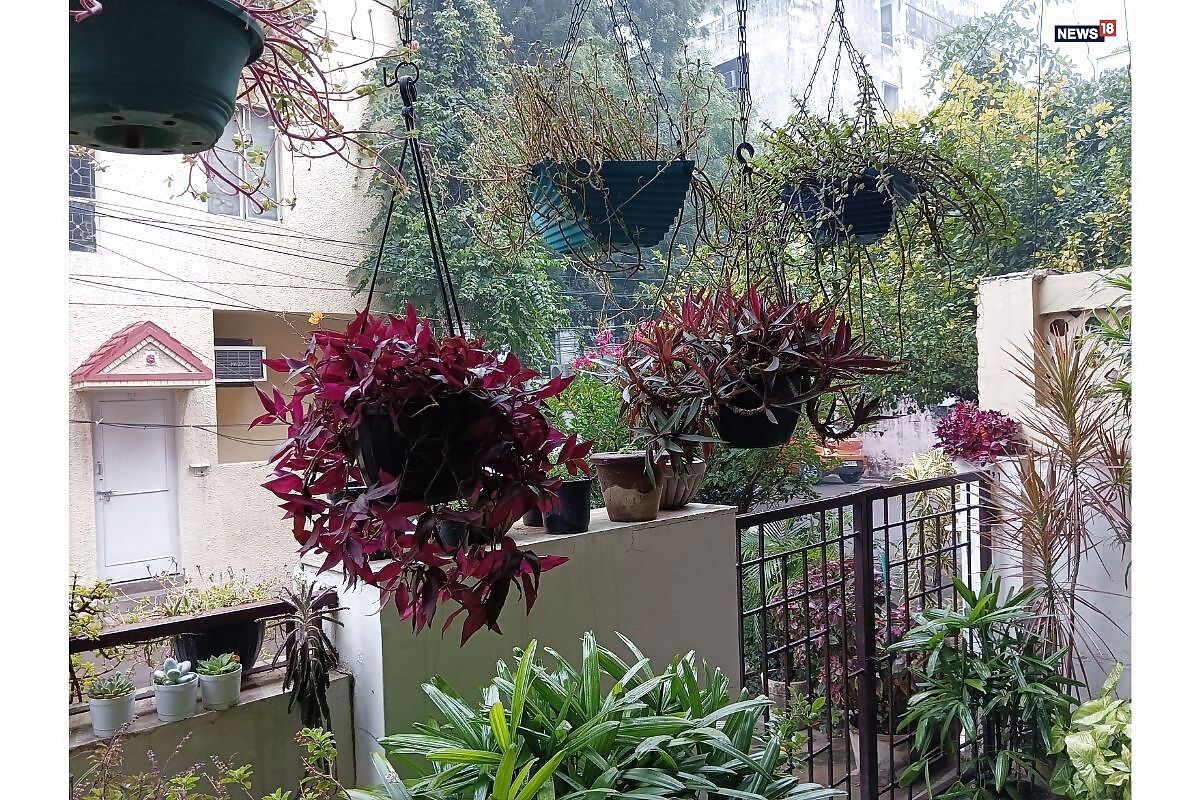
views
We are at the end of 2021 and perhaps seeing the last smartphone launch from Xiaomi in India for this year. At the end of last month, the company launched the first device in the new-gen Redmi Note 11 series – and what a time to add yet another 5G-enabled smartphone in its budget (or almost mid-budget) portfolio. Dubbed Redmi Note 11T 5G, the phone is a follow up to the Redmi Note 10T 5G that launched in the country less than five months ago. In terms of design, both look similar, but the newer-gen model comes with noticeable upgrades.
Since the Redmi Note 11T 5G debuted in India less than a week ago, today, we are just glancing at the phone. For this first impression, we are looking at the 8GB RAM and 128GB storage model that comes in an Aquamarine Blue colour finish. This is also the top variant that costs Rs 19,999. Its sale will start on December 7 across Mi.com, Mi Home, Mi Studios, and Amazon. There are two more storage options 6GB + 64GB (expandable to 1GB) and 6GB + 128GB (expandable to 2GB) that carry a price tag of Rs 16,999 and Rs 17,999, respectively.
Design: In terms of looks, the Redmi Note 11T 5G does not come with significant design changes in comparison to its predecessor Redmi Note 10T 5G. That does not mean it looks bad by any metric, and Xiaomi’s ‘Evol’ design brings a distinct rear camera module, and the front panel has a hole-punch cutout for the single selfie camera. As mentioned, we got the Aquamarine Blue colour model, and customers can choose between two more options – Stardust White and Matte Black colours. We also get the Redmi ‘5G’ branding at the bottom left of the back panel.
The Redmi Note 11T 5G looks pretty good in photos, and the gradient finish adds more life to the solid colours. But in reality, the phone features a plastic body, and the back has a matte finish, so you won’t see fingerprint smudges easily. Although the plastic-back has a rough finish that also provides a good grip, the overall quality may appear to be low-grade. In that case, users can use the transparent silicone case that comes bundled with the package.
My favourite part of the design is the headphone jack at the bottom, which I still miss dearly on smartphones. However, this also contributes to the overall thickness as the phone measures 163.56×75.78×8.75mm (HxWxT). It weighs 195 grams, 5 grams heavier than the Redmi Note 10T 5G. Since the phone is already bulky, we get a very mild camera module bump. That way, the device doesn’t wobble much when kept on a flat surface rear camera side. The power button also doubles as a fingerprint scanner.
Display: The screen on the Redmi Note 11T 5G is getting a slight upgrade in terms of size. Firstly, it gets a comparatively bigger 6.6-inch (if even by a small amount) screen with a similar Full-HD+ (2400×1080 pixels) resolution and 90Hz refresh. The phone again comes with an adaptive refresh rate though this time, only three modes – 90Hz, 60Hz, and 50Hz, likely to preserve battery. You get standard display features with the MIUI 12.5, such as reading mode, text fonts, enhanced dark mode, colour scheme.

The good part is the display is bright and has Corning Gorilla Glass 3 protection on top. The large screen also makes the viewing and reading experience, and we get good colour accuracy. However, I did notice a strange, inexplicable haze while watching content on Netflix that wasn’t visible on YouTube. For those who are upgrading their old budget smartphone, the 90Hz refresh rate display also offers a smooth performance.
Performance: However, the decent display experience could be overshadowed by a cluttered software experience. We get the latest MIUI 12.5 out of the box (with the August 2021 Android security patch), but there’s no doubt users will see loads of bloatware (most of them removable except for proprietary Xiaomi and Google apps). You also get spammy notifications, so make sure you tweak settings when you are setting up the device.
Xiaomi is also proudly banking on the 6nm-based MediaTek Dimensity 810 chipset on the Redmi Note 11T 5G, which is an upgraded version of the MediaTek Dimensity 700 SoC that powers the Redmi Note 10T 5G. The company claims their latest Note smartphone is 20 percent faster than the previous-gen model. In terms of benchmarks, the phone scored 600 points during the single-core test and 1790 points during the multi-core test on Geekbench v5, which is not at all bad for a smartphone at this price range.

Aside from the numbers, I did not face any problems while playing heavy games like Asphalt 9: Legends and Garena Free Fire Max. I barely played PUBG: New State (as I like Free Fire better), but the game ran smoothly without showing any signs of heating. Switching between apps was also quite smooth, thanks to the upgraded 8GB LPDDR4X RAM onboard. We even get the RAM Booster tech that utilises idle ROM to increase RAM by up to 3GB, effectively providing 11GB of RAM. This feature is available on Realme phones as Dynamic RAM, and Samsung is also bringing it on their smartphones as RAM Plus.
A few months ago, a report by CyberMedia Research claimed that smartphone customers demand better speakers over camera quality. If that is your priority, the good thing is the Redmi Note 11T 5G delivers good sound via the dual-speakers.
Coming to connectivity, the Redmi Note 11T 5G comes equipped with 7 5G bands, comprising of SA: n1/ n3/ n5/n8/ n28/ n40/ n78 and NSA: n1/n3/n40/n78, supporting Dual 5G standby for increased network speed. Other features include a hybrid SIM slot, Bluetooth 5.1, and dual-band Wi-Fi – pretty good options for an almost mid-range smartphone.
Cameras: The Redmi Note 11T 5G comes with a dual rear camera setup that houses a 50-megapixel primary camera and an 8-megapixel ultra-wide camera with a 119-degree field of view (FOV). The tertiary sensor that we saw on the Redmi Note 10T 5G has now been dropped. Honestly, I am impressed by the still images that the phone captured even though they may appear a bit exposed and saturated. I’ve noticed the same quality in some mid-budget smartphones, so it is up to you to decide whether Redmi Note 11T 5G is improving its camera or whether almost all OEMs are not focusing on their smartphone’s camera system.


That being said, the Redmi Note 11T 5G’s cameras will detect colour even at night, but you will miss tiny details in the photos. The 16-megapixel selfie camera also offered similar, decent performance, though the lack of details on the face even during daylight is disappointing. On the other hand, the video via both front and back cameras is poor, which is again noticeable on many budget smartphones. Additionally, it appears the video rendering capabilities on the phone is also below average as video content on Instagram has a lot of noises and inexplicable stutters.

Battery: Both Redmi Note 11T 5G and Redmi Note 10T 5G come with a 5,000mAh battery unit though the former now supports 33W Pro fast charging. As promised, the battery lasts an entire day and the bundled 33W charger powers up the device to full capacity in roughly an hour. The phone attained 44 percent battery in 30 minutes.
Verdict: After all this, the pertinent question that arises is – what is the purpose of the Redmi Note 11T 5G at this point of the year? Xiaomi says, “We are taking the next big leap in smartphone technology by offering 5G connectivity that brings seven-band support and makes premium 5G smartphone technology accessible to all.”
In that case, the new-gen Redmi Note 11T 5G indeed has more 5G band-support than its predecessor Redmi Note 10T 5G that carries a similar price tag. In terms of first impressions, the new smartphone does offer a good battery life and decent camera performance (only for still photography). The display does need some improvement, and the software experience remains more or less cluttered. But the real money is on the MediaTek Dimensity 810 chipset that easily runs games and multiple apps in the background with minor (read: negligible) stutters. It will be interesting to see whether the phone will deliver the same performance after a few weeks of usage.
Read all the Latest Tech News here















Comments
0 comment